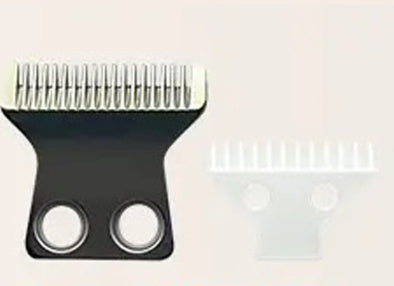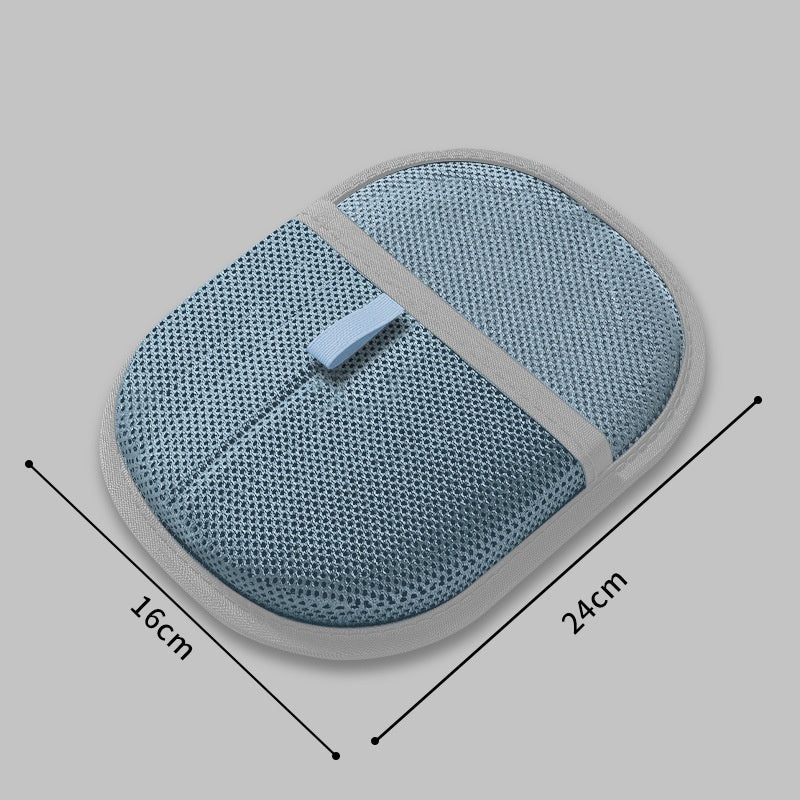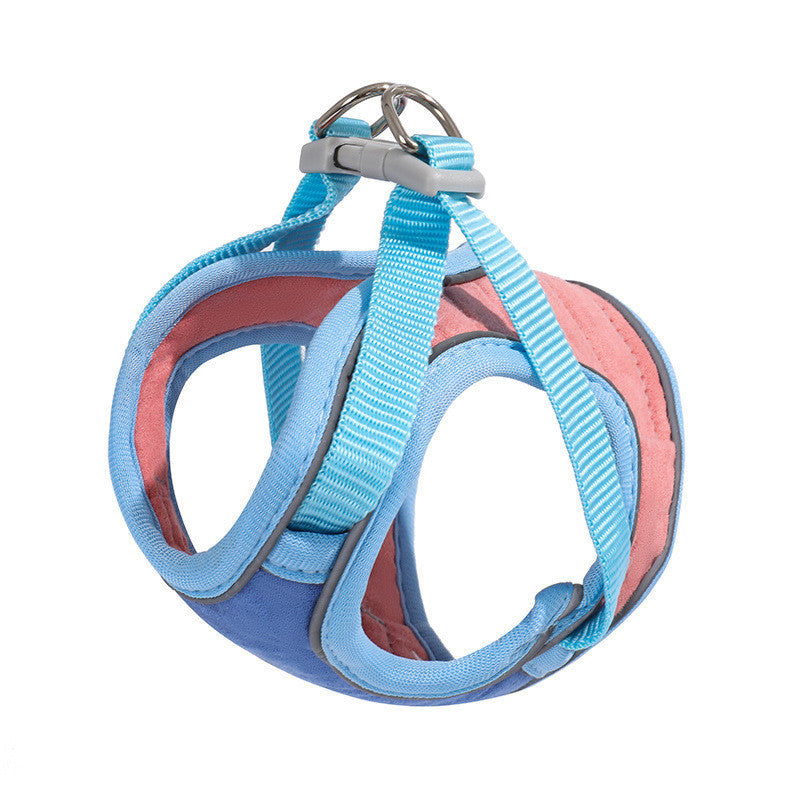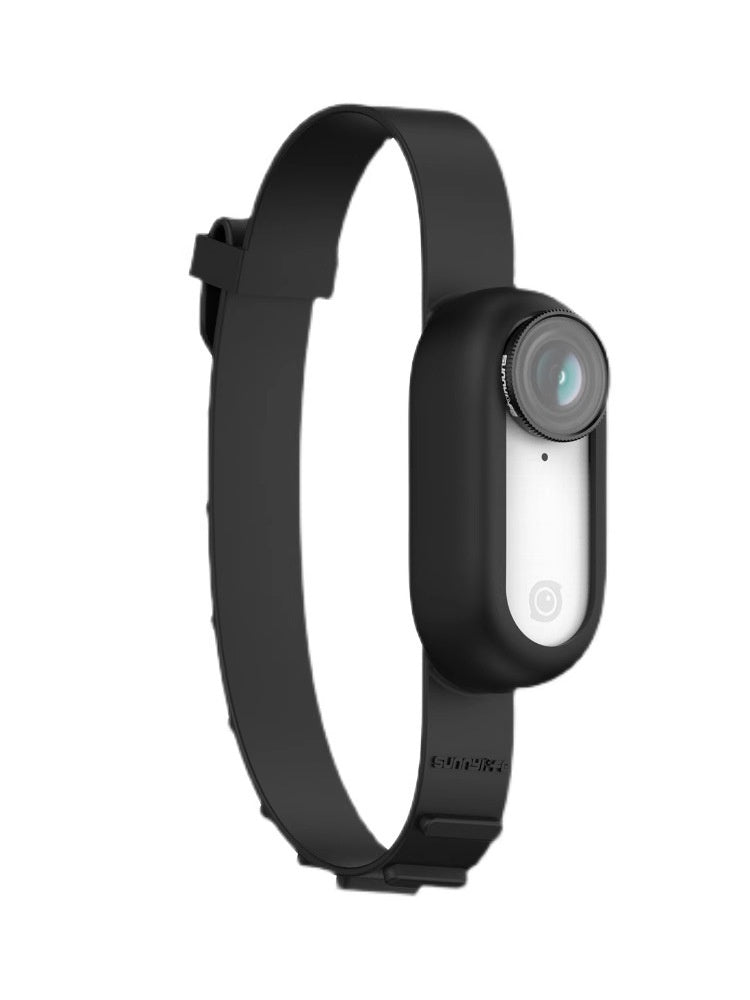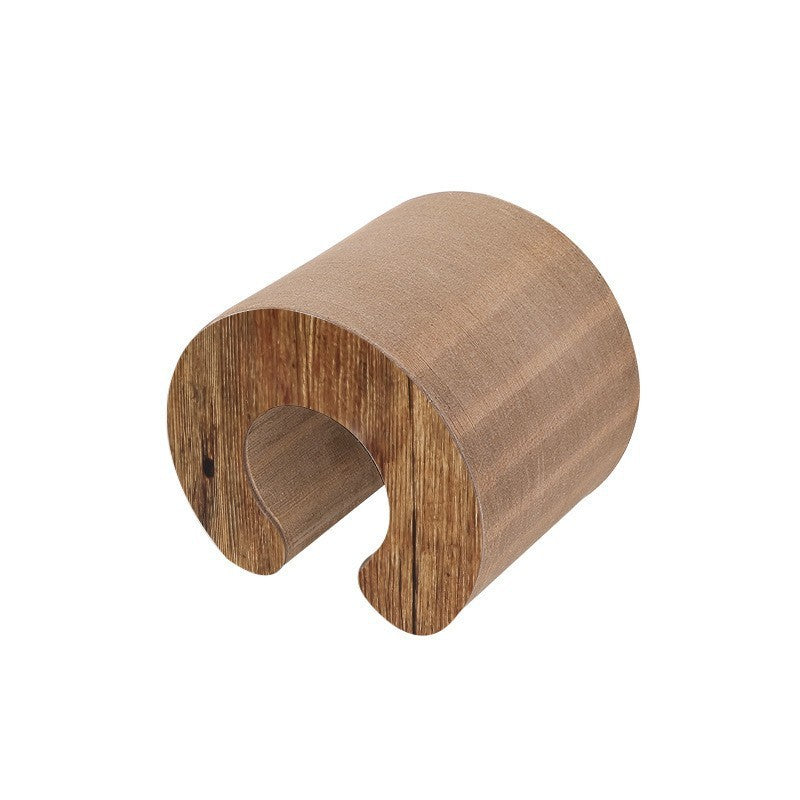While cats do vocalize, much of their communication occurs through sophisticated body language that conveys emotions, intentions, and needs. Developing fluency in feline body language helps you respond appropriately to your cat's emotional state and can prevent misunderstandings that lead to stress or conflict.
In this blog, we'll decode the subtle signals cats use to communicate.
Tail communications: A cat's tail serves as an emotional barometer with distinct positions conveying different messages. A tail held high with a slight curve indicates confidence and friendliness, while a low or tucked tail suggests fear or insecurity. Rapid tail movements often indicate excitement or agitation, while slow, deliberate swishing may signal focused attention or mild irritation.
Ear positions: Cat ears are remarkably mobile and expressive. Forward-facing ears show interest and alertness, while ears that swivel independently demonstrate divided attention. Flattened ears against the head indicate fear, anxiety, or aggression, serving as an important warning signal to give your cat space.
RSPCA Australia and veterinary clinics such as Vetwest Animal Hospitals teach that ear position is a reliable indicator of a cat’s emotional state. They advise owners to watch for flattened ears as a sign to step back and give the cat space, especially in multi-cat households or during vet visits.
Eye expressions: Cats use eye contact strategically in their communication. Direct staring can be perceived as threatening, while slow blinking represents trust and affection often called "cat kisses." Dilated pupils might indicate excitement, fear, or aggression, depending on the context and other body language signals.
Animal Behaviour Australia and Cat People of Melbourne explain that slow blinking is a sign of trust, often called a “cat kiss,” and is a behaviour Australian cat owners can use to bond with their pets. Direct staring, however, can be seen as confrontational, and is best avoided unless you know your cat well.
Body postures: An arched back can signal either fear (when accompanied by flattened ears and dilated pupils) or stretching and contentment (when paired with relaxed facial expressions). Rolling onto their back might indicate trust and relaxation, but it can also be a defensive position preparing for potential conflict.
Whisker positions: Forward-pointing whiskers suggest interest or hunting mode, while whiskers pulled back against the face often accompany fear or defensive behavior. Relaxed whiskers positioned naturally to the sides typically indicate a calm, content cat.
Australian pet experts and organisations like the Cat Protection Society of NSW advise that whisker position is a subtle but important clue to a cat’s mood. Forward-pointing whiskers indicate curiosity or hunting mode, while whiskers pulled back signal fear or defensiveness—both important cues for owners to notice.
| Signal | Meaning | Suggested Response |
|---|---|---|
| Tail high, curved | Confidence, friendliness | Approach, gentle interaction |
| Tail low, tucked | Fear, insecurity | Give space, avoid sudden movements |
| Ears forward | Interest, alertness | Engage gently, offer play or treats |
| Ears flattened | Fear, anxiety, aggression | Step back, give cat space |
| Slow blinking | Trust, affection (“cat kiss”) | Return slow blink, show affection |
| Dilated pupils | Excitement, fear, aggression (contextual) | Observe other signals, respond accordingly |
| Whiskers forward | Interest, hunting mode | Encourage play or exploration |
| Whiskers pulled back | Fear, defensiveness | Avoid approach, provide escape route |
Reading feline body language requires considering multiple signals simultaneously rather than focusing on individual elements.
A cat displaying mixed signals, such as purring while holding their tail low, may be experiencing conflicting emotions that require gentle, patient responses.
Context matters enormously; the same tail position might mean different things depending on environmental factors and recent events.
Step-by-Step Guide: Understanding Your Cat’s Body Language
-
Observe the Tail:
- High, curved tail: confidence and friendliness.
- Low or tucked tail: fear or insecurity.
- Rapid movements: excitement or agitation.
- Slow swishing: focused attention or mild irritation.
-
Watch the Ears:
- Forward-facing: interest and alertness.
- Swivelling: divided attention.
- Flattened: fear, anxiety, or aggression.
-
Interpret Eye Expressions:
- Direct staring: potentially threatening.
- Slow blinking: trust and affection (“cat kisses”).
- Dilated pupils: excitement, fear, or aggression.
-
Notice Body Postures:
- Arched back: fear (with flattened ears) or contentment (relaxed).
- Rolling onto back: trust or defensive preparation.
-
Check Whisker Positions:
- Forward: interest or hunting mode.
- Pulled back: fear or defensiveness.
- Relaxed to sides: calm and content.
-
Consider Context and Mixed Signals:
- Look at multiple signals together.
- Observe the environment and recent events for clues.
-
Respond Appropriately:
- Give space if signs of fear or aggression.
- Use slow blinking to build trust. Provide comfort if your cat seems conflicted or stressed.
Developing this communication skill strengthens your bond with your cat and enables you to provide appropriate responses to their emotional needs, creating a more harmonious and understanding relationship.
FAQs: Cat Body Language
Q: What does it mean when my cat’s tail is high?
A: A high, curved tail usually indicates confidence and friendliness, as explained by the Cat Protection Society of NSW.
Q: Why do my cat’s ears flatten sometimes?
A: Flattened ears signal fear, anxiety, or aggression. It’s best to give your cat space when you see this, as advised by RSPCA Australia and Vetwest Animal Hospitals.
Q: What is a “cat kiss”?
A: A slow blink from your cat is a sign of trust and affection, often called a “cat kiss.” You can return the gesture to strengthen your bond.
Q: How can I tell if my cat is scared or just stretching?
A: An arched back with flattened ears and dilated pupils usually means fear, while a relaxed arched back indicates stretching or contentment. Always check other body language signals and the context.
Q: What do whisker positions mean?
A: Forward-pointing whiskers show interest or hunting mode, while whiskers pulled back signal fear or defensiveness. Relaxed whiskers to the sides mean your cat is calm and content.
Q: My cat is purring but has its tail low. What does this mean?
A: This could indicate mixed emotions. Consider the context and other signals, and respond gently, as recommended by Australian animal behaviourists.









